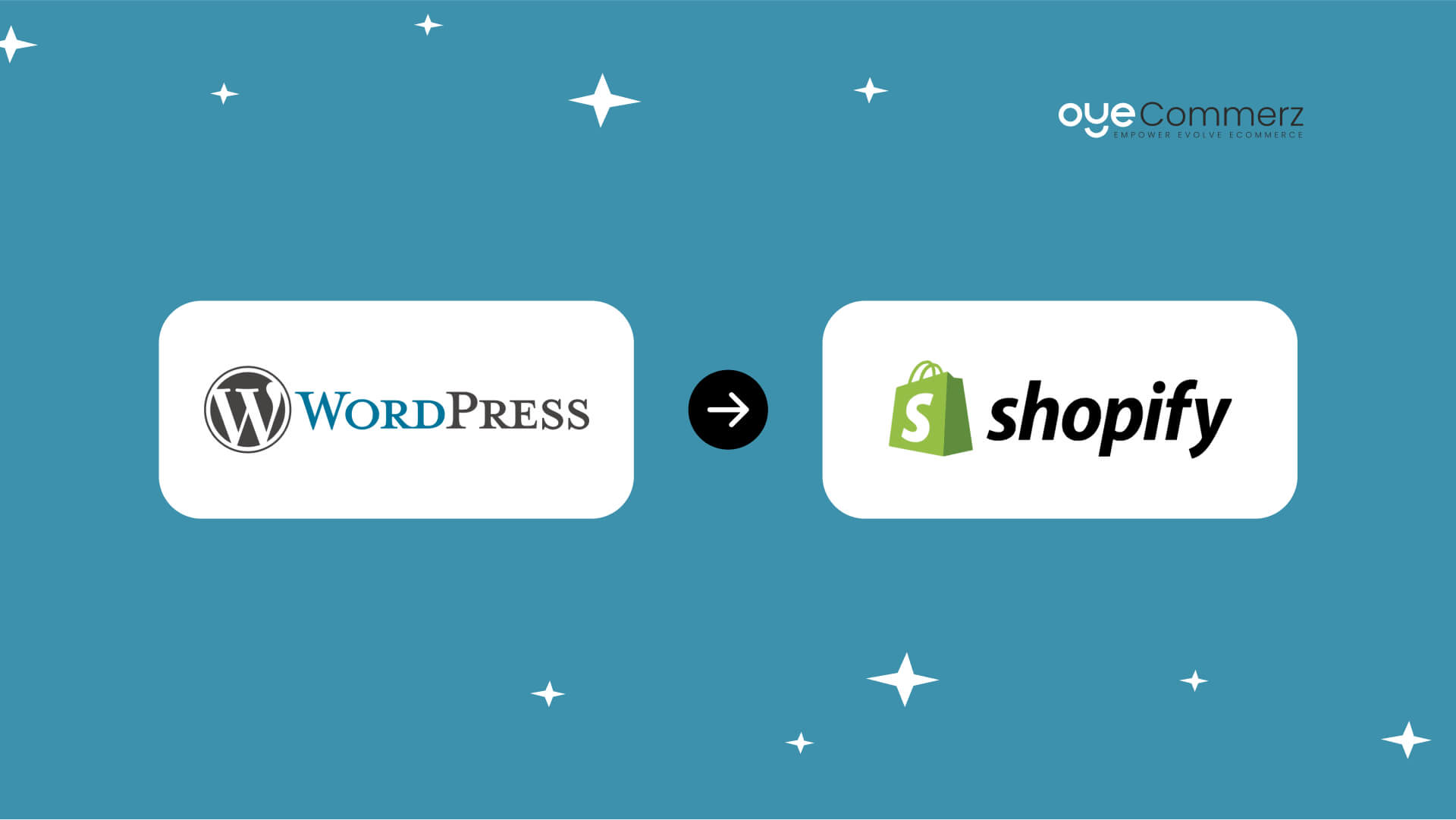An e-commerce platform's success is defined by its scalability, adaptability, and ability to offer seamless experiences to customers.
Migrating from WordPress to Shopify is often driven by the need for improved performance, enhanced capabilities, and a robust foundation for growth.
Follow this comprehensive roadmap to master the key strategies, insights, and steps for a smooth transition to Shopify.
Why Consider Moving from WordPress to Shopify?
WordPress is a flexible platform, but its dependency on plugins can complicate e-commerce scalability.
Shopify caters to businesses of all sizes with robust features, enterprise-grade security, and growth-focused solutions.
Shopify's reach extends to over 4.5 million stores globally in 2024, confirming its leadership in the e-commerce space.
Switching to Shopify can unlock benefits in payment integrations, mobile optimization, and order management.
Here’s your ultimate step-by-step guide to ensure a smooth transition.
Step 1: Assess Your E-Commerce Needs
Analyze your e-commerce store to pinpoint areas that require improvement or growth.
Pinpoint challenges such as reliance on plugins or suboptimal page speed that restrict growth.
With tools like Shopify Payments and flexible themes, Shopify minimizes the need for external plugins.
Step 2: Plan Your Migration Thoroughly
Without proper planning, your migration might result in errors or unnecessary business interruptions.
Ensure a smooth transition by focusing on key areas like product inventory, customer data, and order history.
Utilize Shopify’s migration features and compatible apps to ensure safe data transfer and minimal disruption.
Step 3: Tailor Your Shopify Experience
Shopify’s flexible themes allow you to reflect your brand identity seamlessly.
Select or customize themes from Shopify’s library to improve customer interactions.
Premium themes like “Impulse” and “Prestige” offer advanced features and mobile-friendly designs.
Shopify Plus offers tailored theme development for businesses seeking unique designs.
Oyecommerz specializes in crafting Shopify Plus themes that align with enterprise-level e-commerce needs.
Step 4: Migrate SEO Settings
Maintaining your SEO settings is crucial to keeping your website visible in search results.
With Shopify, you can redirect outdated URLs and retain search visibility.
Optimize metadata and link to Google Analytics for seamless SEO tracking on Shopify.
Reports indicate that 70% of websites How to migrate from WordPress to Shopify experience temporary traffic dips post-migration without proper SEO management.
Step 5: Leverage Shopify’s App Ecosystem
Unlock advanced features for your store with Shopify’s rich selection of apps.
Enhance customer retention with tools like Klaviyo and Yotpo designed for email and review management.
Oyecommerz offers Shopify API services to integrate advanced tools and streamline processes.
Oyecommerz specializes in creating tailored integrations to meet your business's unique operational needs.
Step 6: Ensure Mobile-Friendliness
In 2024, mobile devices account for nearly 60% of online transactions, making optimization essential.
Every Shopify theme is built to adapt seamlessly to different screen sizes and devices.
Shopify supports mobile-friendly payment methods, reducing friction at checkout.
With optimized navigation and fast loading times, your store can thrive in the mobile-first era.
Step 7: Train Your Team
Shopify’s intuitive platform makes it easy to use, but training reduces post-migration challenges.
Familiarize your employees with Shopify’s dashboard, product management, and reporting functions.
Well-trained staff can make the most of Shopify’s features, improving overall store efficiency.
Step 8: Verify Store Readiness Pre-Launch
Before going live, perform comprehensive testing to identify and fix any issues.
Verify that product information, inventory, and navigation links are error-free.
Test your payment systems and confirm the checkout process works seamlessly across platforms.
Proper testing guarantees your customers will experience a polished and professional site from day one.
Step 9: Launch with a Marketing Push
A successful migration is a great opportunity to engage and excite your audience.
Leverage email marketing and social platforms to highlight the advantages of your upgraded store.
Highlight benefits such as better performance and enhanced security to boost customer confidence.
Conclusion: Empower Your Business with Shopify
Migrating from WordPress Seamless store migration with Shopify to Shopify is more than a technical change—it’s a transformative step for your business.
From scalability to intuitive tools, Shopify equips your store to thrive in competitive markets.
From small businesses to large enterprises, Shopify provides tailored solutions for all e-commerce needs.
Rely on Oyecommerz for expert guidance throughout your Shopify migration journey.
Let Oyecommerz assist you in leveraging Shopify to enhance customer satisfaction and drive sales.
Ready to elevate your e-commerce strategy with Shopify? Let’s discuss your journey to success.
